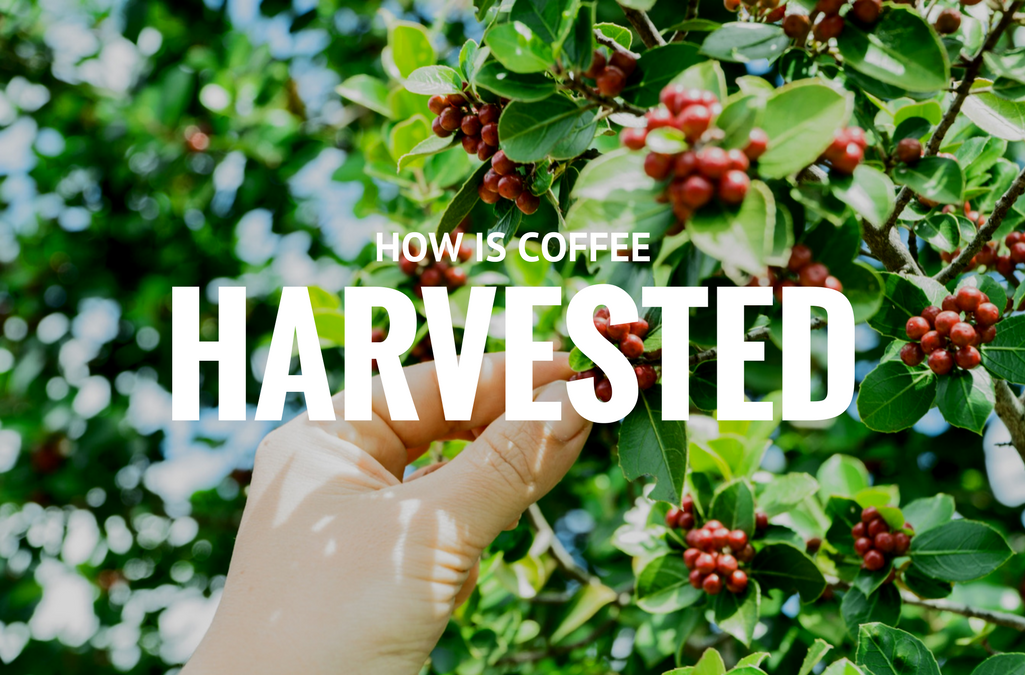Coffee and water have an extremely complex relationship. Not only does the plant require huge amounts of water in production, but a simple latte actually contains only 1.25% coffee and a whopping 98.75% water.
A 2007 report from Ecological Economics assessed the water consumption in the production of coffee. These stats are a little out of date, but in the last ten years there hasn’t been a significant increase water used in coffee production. The authors of the report looked at various regions of coffee growing, whether they used irrigation or natural rainfall (or both), as well as the difference between wet and dry processing.
Surprisingly, the water involved in wet processed coffee only account for 0.34% off the total consumption. Also surprisingly, the average cup of coffee required approximately 140 litres of water. Holy heck. The authors also estimated that if the price of the coffee included the value of the water, a kilo of coffee would cost about 20c more.
Although 140 litres seems like a rather substantial amount, if you place a cup of coffee side by side with other common household consumables, you start to get some perspective on just how much water is required to deliver us our favourite meals:
5 THOUSAND litres of water are required to produce a 340g steak.
195 litres of water are required to produce one glass of pasteurised milk.
97 litres of water are are required to produce one slice of wheat bread with a slice of cheese.
And most shockingly (although it isn’t a meal)…
95 to 190 litres of water are used in a 5 minute shower.
The point of all this was not to terrify you into dehydration/starvation. It was to educate you about the true cost of things, that might open your eyes about how you should value even the simplest things in life, and by no means take them for granted.
The other side of the relationship between water and coffee, is the brewing side…
We’re all pretty used to filling up the kettle from the tap, boiling it and throwing it in the plunger. But did you know that the trace minerals found in tap water can influence the extraction?
The chemical reaction that takes place when water is added to coffee can be affected by the mineral balance of the water. It can lead to under extraction or over extraction and changes in the taste. A salty and bitter tasting coffee can occur from excess from an increase in salt water in the water supply. A dry and chalky cup can be attributed to arid geographical areas with a high mineral content in the water.
The solution to this is using filtered water. There are guidelines provided by the SCA that start off with the most obvious, water should be odourless and colourless, and go on to specify acceptable ranges for total dissolved solids, calcium hardness, total alkalinity, pH levels and sodium content.
So at the end of the day, pay attention to your coffee, and use filtered water where you can. And don’t take this magical elixir for granted, a lot of work and a lot of resources go into your daily cup of coffee.



